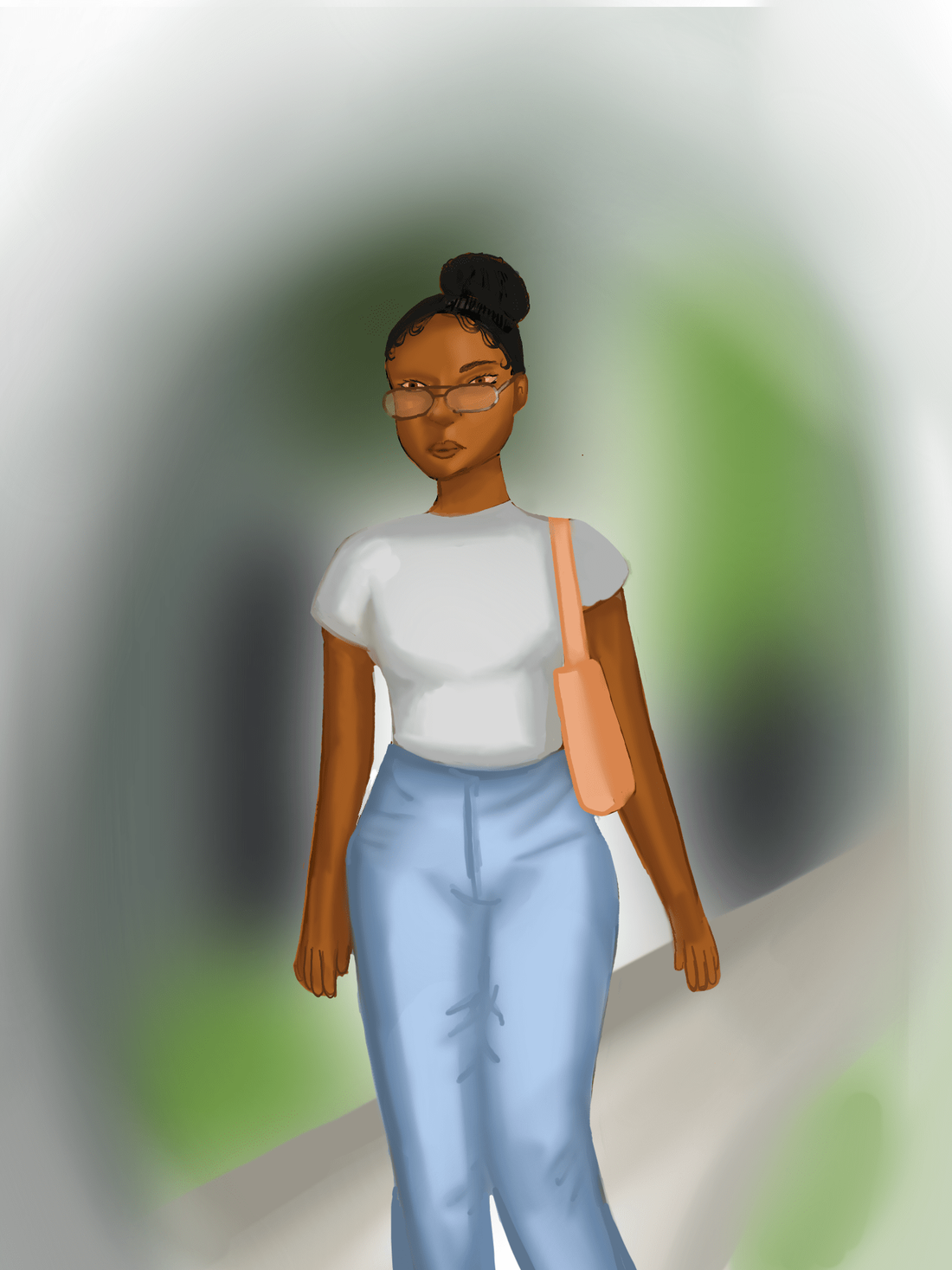The Clean Girl Aesthetic: Rebranding Minority Cultures
Since early 2022, the clean girl aesthetic has dominated TikTok, making its way into fashion magazines and makeup marketing campaigns advertising exclusionary beauty standards.
Reading Time: 3 minutes

Upon opening TikTok, viewers are often bombarded with beauty influencers promoting their newest style hacks, most recognizably the clean girl aesthetic. Since it first gained popularity in early 2022, the clean girl aesthetic’s viral TikTok dominance has made its way into fashion magazines, runways, celebrity styling, and makeup marketing. This aesthetic is characterized by flawless, natural-looking skin, rosy cheeks, thick feathered brows, gold hoop earrings, glossy lips, and slicked-back hair styled with a claw clip. While this trend is seemingly harmless, the clean girl aesthetic culturally appropriates beauty trends originating from minority groups.
The influencers who promote the clean girl aesthetic are predominantly white. People of color (POC) have called them out for marketing the trend without giving proper credit to the cultural influences it draws upon. Gold hoop earrings have been worn by African American and Latinx women for decades but were viewed by mainstream white culture as “ghetto” and improper for formal settings. In the Editorialist, Gabriela Garcia writes, “Hoop earrings have been worn by Black and Latinx women as symbols of resistance and strength for decades, dating back to ancient Egyptian royalty like Cleopatra and Nefertiti.” Ever since the clean girl aesthetic was popularized by TikTok, gold hoops can be found at any major retail store and have become a wardrobe staple. The now-celebrated earrings serve as a tone-deaf slap in the face because their historical significance to minority groups goes ignored.
The clean girl look also takes inspiration from South Asian culture, namely through slicked-back, oiled hair. Hair oiling has been a part of South Asian culture for centuries but has been ridiculed by people who claim that oiled hair looks dirty. In the Michigan Daily, a South Asian woman commented, “I would just be another dirty, smelly Indian girl.” Since becoming enveloped in the clean girl aesthetic, the health benefits of hair oiling—scalp hydration, improved hair growth, and stress relief—have become widely recognized. This is another example of a style considered unattractive on POC becoming popularized by white people.
Similarly, model Hailey Bieber’s “Brownie Glazed Lips” (brown lip liner and lip gloss) went viral this year. This lip combination has been around since the ‘90s and was first worn by Latinx women. However, Hailey Bieber is credited as the innovator of this so-called “new” look. Bieber even started her beauty brand called Rhode, which sells products catered to the clean girl aesthetic. Rhode is just one of many beauty brands profiting off trends stolen from POC.
Furthermore, the clean girl aesthetic goes so far as to mimic the physical features of women of color, specifically South Asian and Arab women, such as thick feathered brows, which have historically been labeled as bushy and untamed on POC. In an interview with ENews, American actress Camila Mendes, who is of Brazilian descent, explained that she was forced to wax her thick eyebrows while working on Riverdale (2017). Thick, feathered eyebrows are now seen as extremely trendy, with new products like brow gel and permanent beauty treatments like brow lamination rising in popularity. What was historically considered an “unkempt” look when worn by POC now comprises one of the most desirable beauty ideals.
Aside from its glaring cultural issues, the clean girl aesthetic promotes the idea that those with flawless clear skin are clean while girls with acne or blemishes are dirty. Acne is a complex skin condition that some are genetically more prone to than others. Associating “clean” girls with clear skin is degrading to those who suffer from skin conditions that are out of their control. Furthermore, the aesthetic is often unattainable for those who do not fit Eurocentric beauty standards. If one does not have high cheekbones, a small nose, and large eyes, they will not be considered a “clean girl,” regardless of whether or not they meet the aesthetic’s criteria.
Beauty should not be defined by standards that are only attainable for certain groups of people. Instead, it should celebrate and promote diversity and accessibility. The 21st century has seen an increase in diversity within popular media, bringing historically underrepresented cultures into the limelight. POC have undeniably always had an impact on American popular culture, and in the digital age, it is just as important as ever for white creators to acknowledge the roots behind their not-so-new beauty routines. Promoting cultural diversity within the beauty industry is essential to recognize the clean girl aesthetic’s true innovator: POC.
